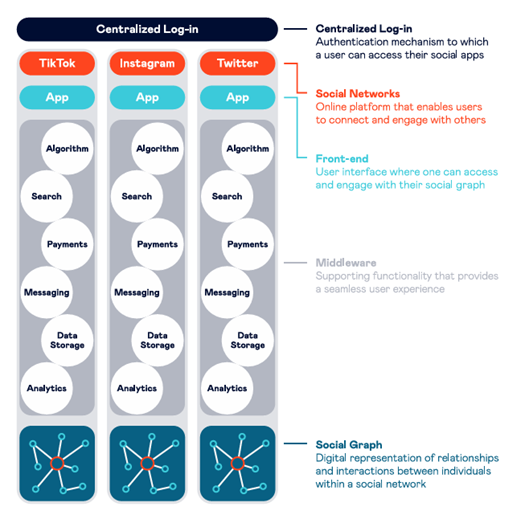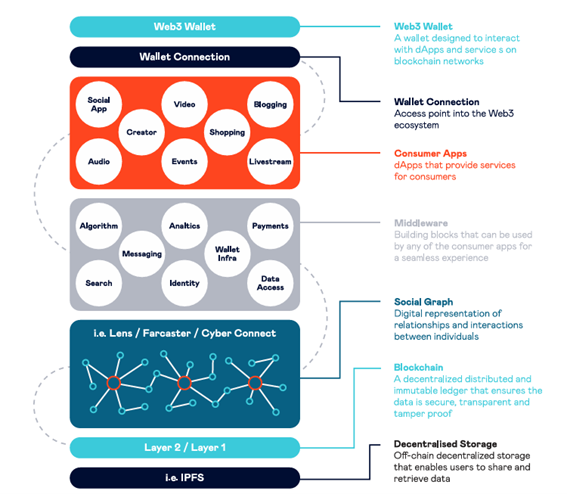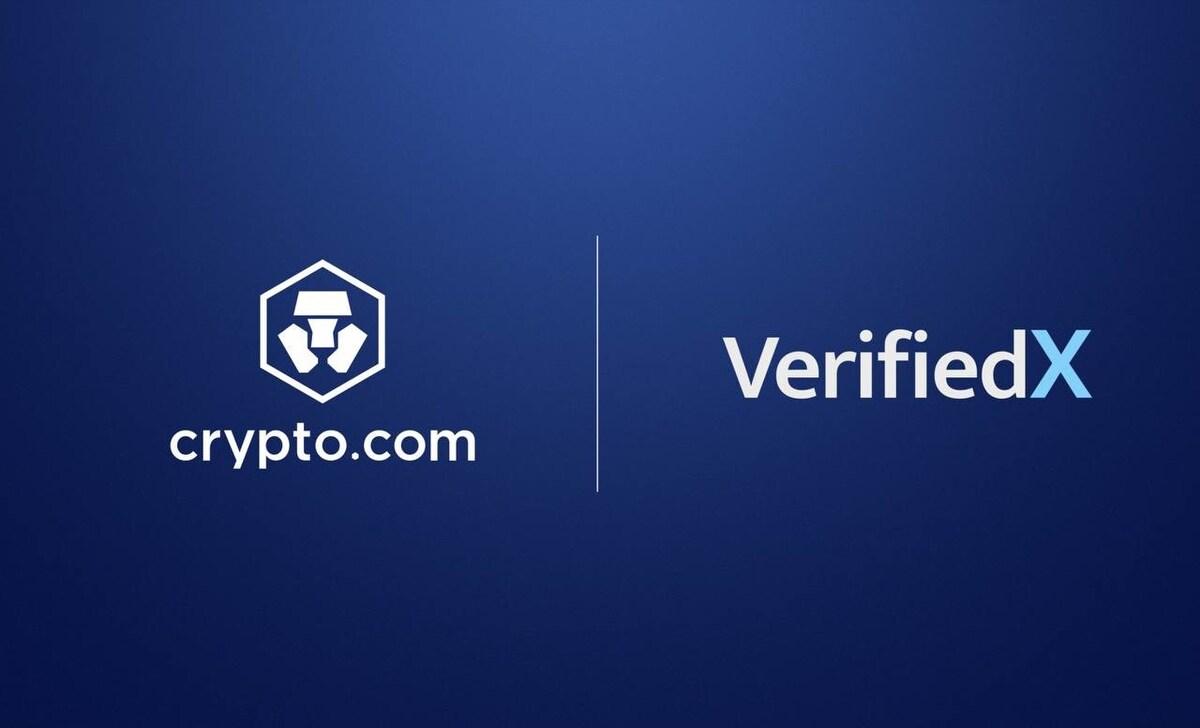Valued at over $1 trillion and projected to grow by more than 600% by 2030, what does the future hold for social commerce?
Social commerce platforms such as Facebook Marketplace and Instagram Shop have been hugely successful, with the former boasting 1.2 billion active users.
However, with merchant fees of up to 40% and privacy concerns, they still carry major pitfalls. In light of these issues, JP Morgan’s Web3 Identity Lead, George Kassis, suggests that the solution is to integrate blockchain technology within social media platforms, shifting from Web2 to Web3 – creating a decentralized, open, and user-centric ecosystem.
Web2 is the current version of the internet, composed of user-generated content and centralized entities like TikTok and Netflix, whereas Web3 refers to a decentralized and user-controlled blockchain-based internet. Each Web2 platform owns its version of “you” through its centralized data silos. However, because user data is tied specifically to each platform, they often lack personalization and cause privacy issues. Take the consulting firm Cambridge Analytica’s incident. In the 2010s, Cambridge Analytica stole the private data of over 50 million individuals from Facebook’s database, which was later abused to target political advertisements.
This pitfall is what Web3’s “Bring Your Own Identity” (BYOI) addresses, transferring control from the centralized corporations to the user, who can choose which data points are shared with each platform. This is done by leveraging your unique public key (e.g., 034542jxg). This “address” makes you identifiable across various consumer apps, allowing on-chain data, such as social signals and transaction histories, to give tailored recommendations, discounts, and advertisements. This allows social commerce platforms which adopt Web3 technology to provide a more personalized and engaging user experience (UX).
More technically, Web3 social commerce utilizes two aspects of identity: on-chain and off-chain data. On-chain data, such as likes and followers, are publicly visible on the blockchain. In contrast, personal information, such as DOB, gender, or name, is secured off-chain while still contributing to an enhanced UX. For example, zero-knowledge proofs (ZKPs) can verify the user’s age without revealing their date of birth. In other words, ZKPs are a cryptographic technique allowing one party to prove the validity of a statement without revealing the contents of the statement itself. ZKPs are how sensitive off-chain data can be proved on-chain, without divulging any information, therefore maintaining your privacy. In addition, because your data is linked to your digital wallet, tasks such as verifying your age will only be required once, further streamlining the UX.


Similarly, blockchain technology reduces international transaction fees substantially. Traditional Web2 commerce charges between 1-5% per transaction, whereas Solana charges from $0.0024 to $0.048 for a near-instant transaction. Hence, the viability of Web3 social commerce is enhanced by the scalability of L1s such as Solana and Hyperliquid, which have rapid transaction speed and low fees.
Indeed, onboarding non-crypto natives is a hurdle for Web3 social commerce, however, this is an issue the entire crypto industry faces. Fortunately crypto is here to stay. Stablecoins are increasingly being used by banks; various countries, including El Salvador and the Central African Republic, have adopted Bitcoin as an official currency; meanwhile, the healthcare industry is adopting blockchain technology to enhance data security.
Despite the bullish narrative, of course, the reality of Web3 social commerce remains unknown. Yet, the growing mainstream acceptance of crypto, might just be the right environment for Web3 social commerce to flourish. In fact, Farcaster, a protocol designed to connect social media apps, has received significant funding, notably securing $150 million in May 2024. Although this differs from web3 social commerce, it provides great promise for the burgeoning field of blockchain and its real-world applications.









